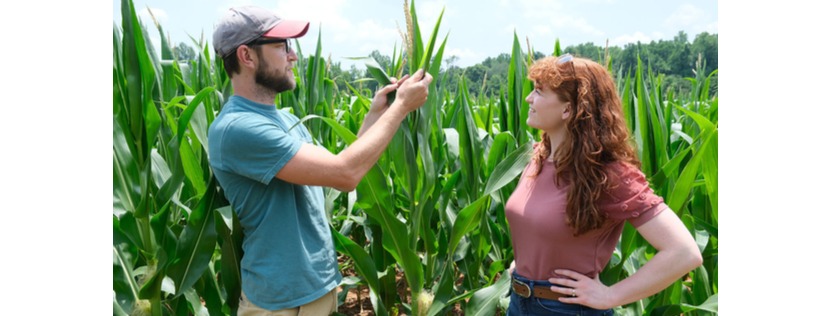Alabama Drought Reach seeks community input to enhance drought communication in Huntsville
The Alabama Drought Reach Program, a collaboration between the Auburn University Water Resources Center, the Alabama Extension experiment stations, and the Office of State Climatology at the University of Alabama in Huntsville (UAH) launched two months ago.
The hiring of Program Coordinator Brianne Minton, who will be working closely with Dr. Lee Ellenburg of the state climate office on UAH campus, marked the program’s official start.
Drought Reach focuses on drought communication across Alabama and makes recommendations to the U.S. Drought Monitor on a weekly basis, helping delineate the level of drought in Alabama.
The launch of Alabama Drought Reach will create an application for surveying County Extension Agents to understand the impact of drought on Alabama agriculture. Surveys are expected to begin for agricultural County Extension Agents following training in February of 2024.
In the meantime, Minton’s focus is on networking with County Extension Agents, meeting farmers, and observing farm sites. Minton plans to use information directly from farmers to inform the creation of the app, which will begin in fall.
“It’s been really important for me to be in the field, see what they do day-in and day-out and actually ask them ‘What is useful to you guys? What would be most impactful from our end?’” Minton said.
Though Ellenburg said as much data as possible would be ideal, as of right now, there are no plans to survey Alabama farmers directly. Their priority lies in surveying counties across the state with different soil and crop types to best understand how drought affects Alabama agriculture in a broad sense.
Ellenburg and Minton encourage farmers with concerns to reach out to their County Extension Agents, an indeterminate number of whom will be surveyed. Minton also encourages anyone interested in completing a survey about drought on Alabama land to take the CMOR-Drought survey.
“Agriculture is the livelihood of farmers, but it’s also how we get food, it’s how we get materials,” Minton said regarding people who feel unaffected by agricultural drought.
Speaking as to why the delineation of droughts by category is important, Ellenburg said, “It can have really big implications on crop insurance. … So if you’re in D2 for a certain period of time or if you get into D3, then you’re under a threshold that can pay out for crop damages.”
Knowing applicable drought categories allows farmers to know which grants they can apply for when their crop yields are affected by drought, and Alabama Drought Reach aims to help justify those claims.
Drought Reach currently posts twice-weekly update graphics about crop performance and drought delineations on Twitter with the handle @ALDroughtReach.
Additional articles about drought in Alabama are available on Alabama Drought Reach’s website.













